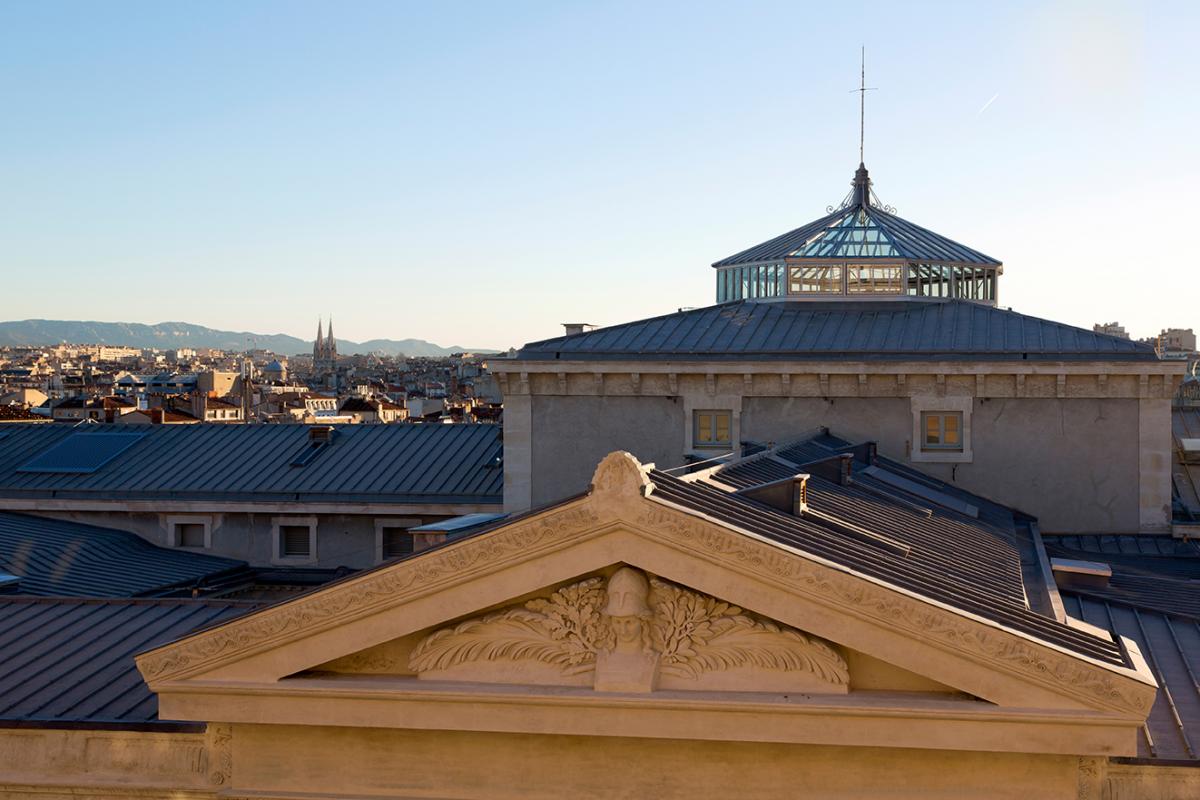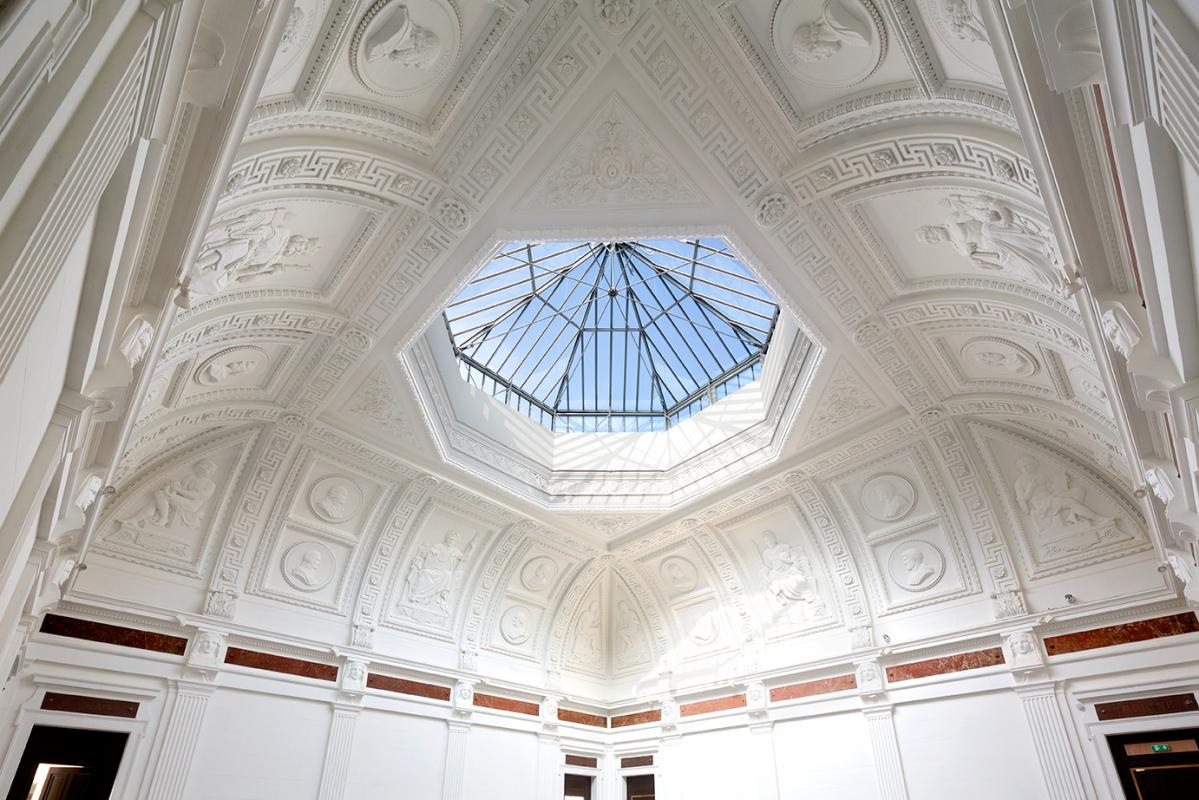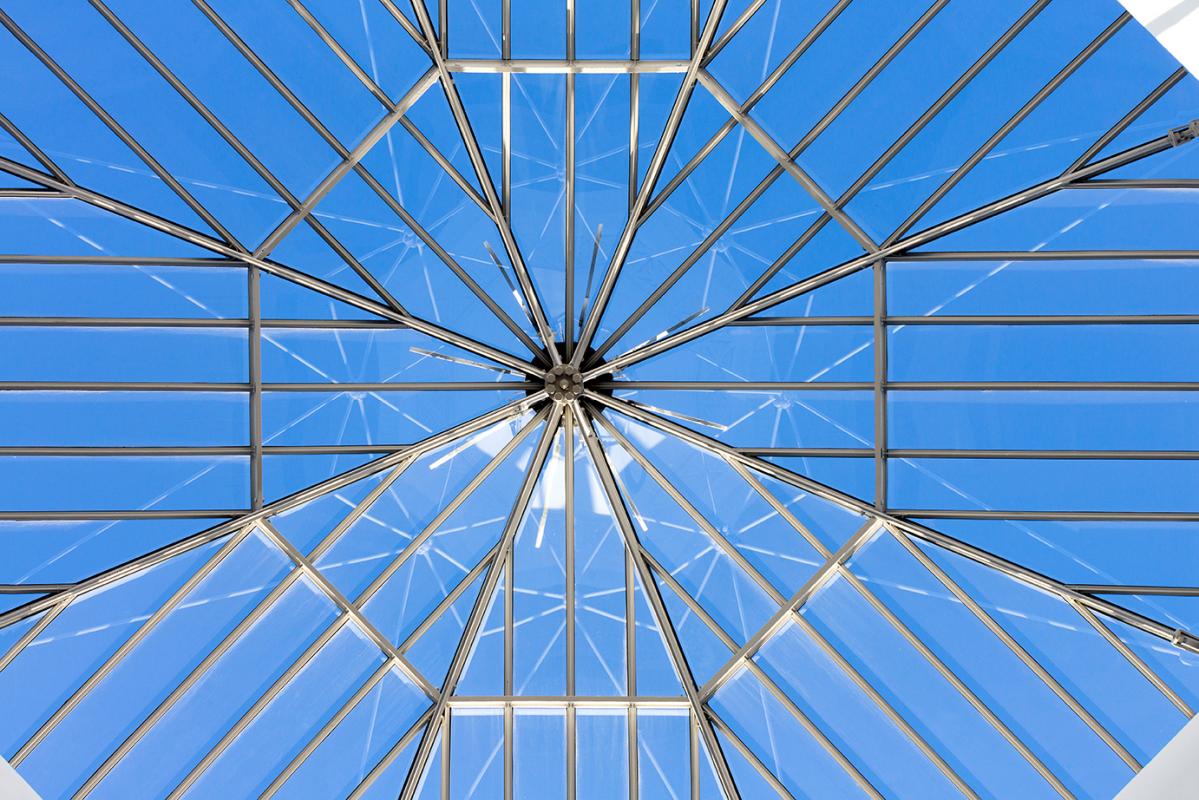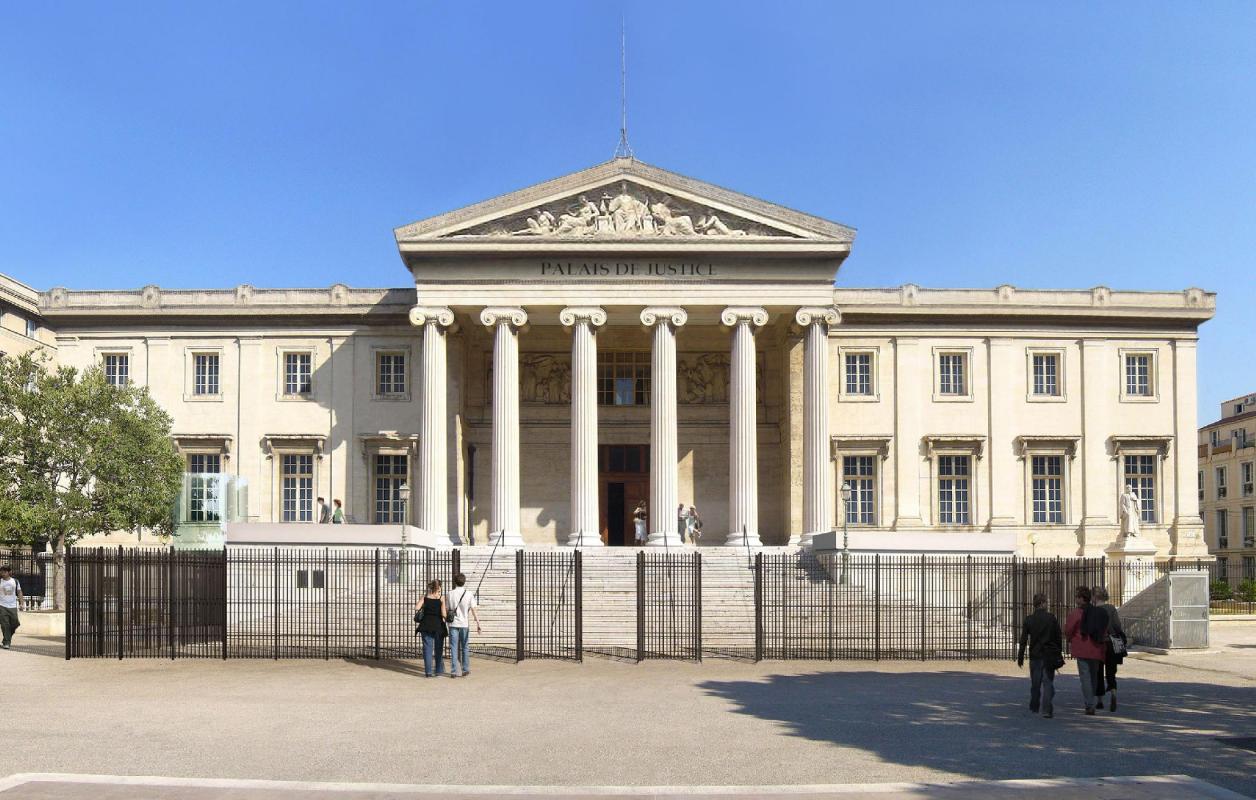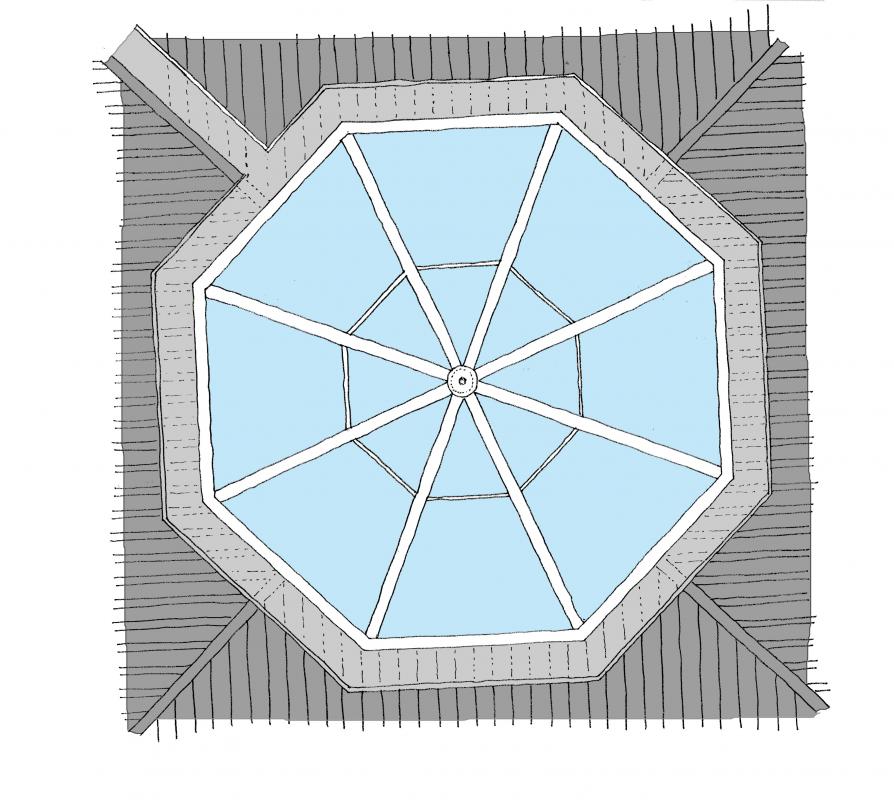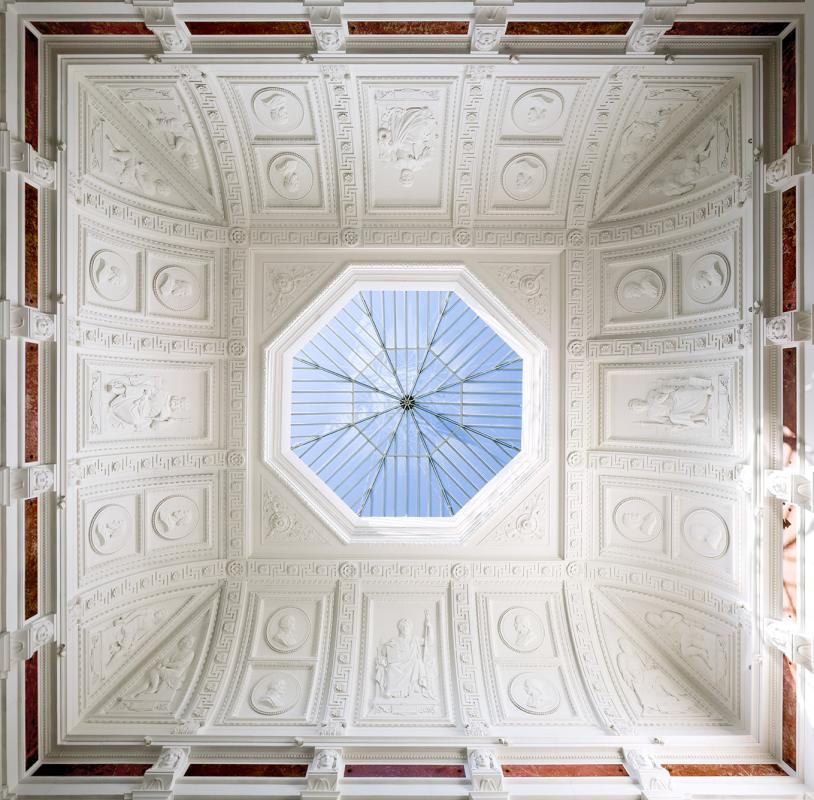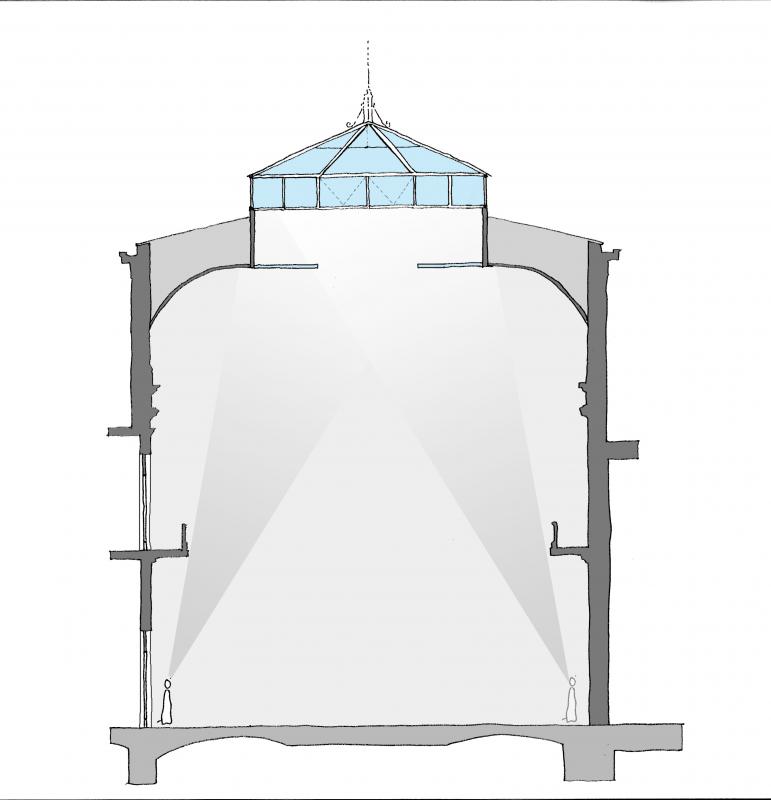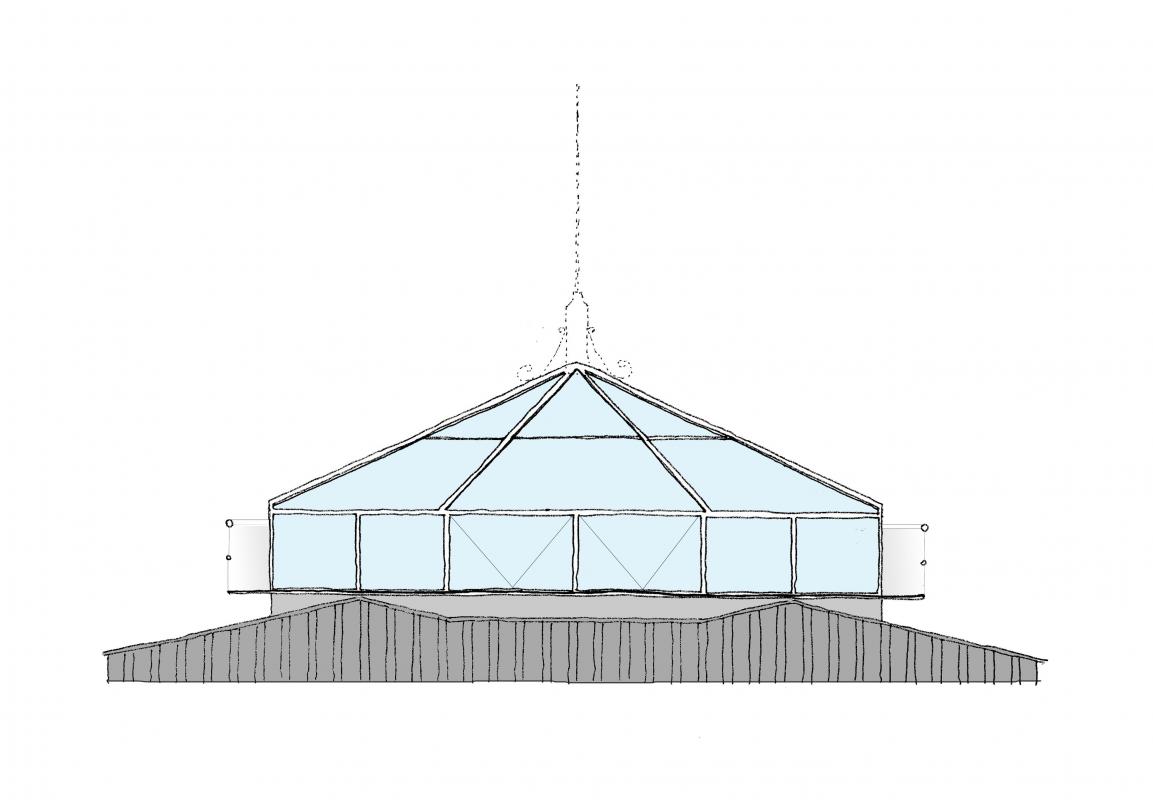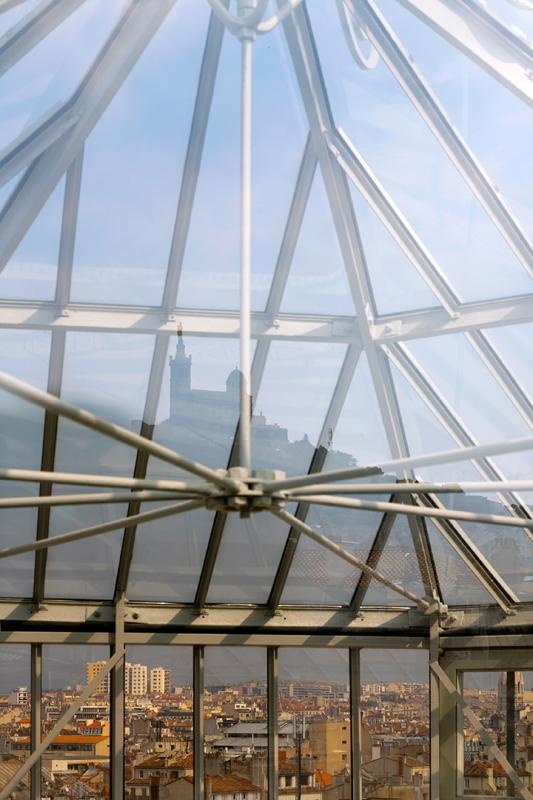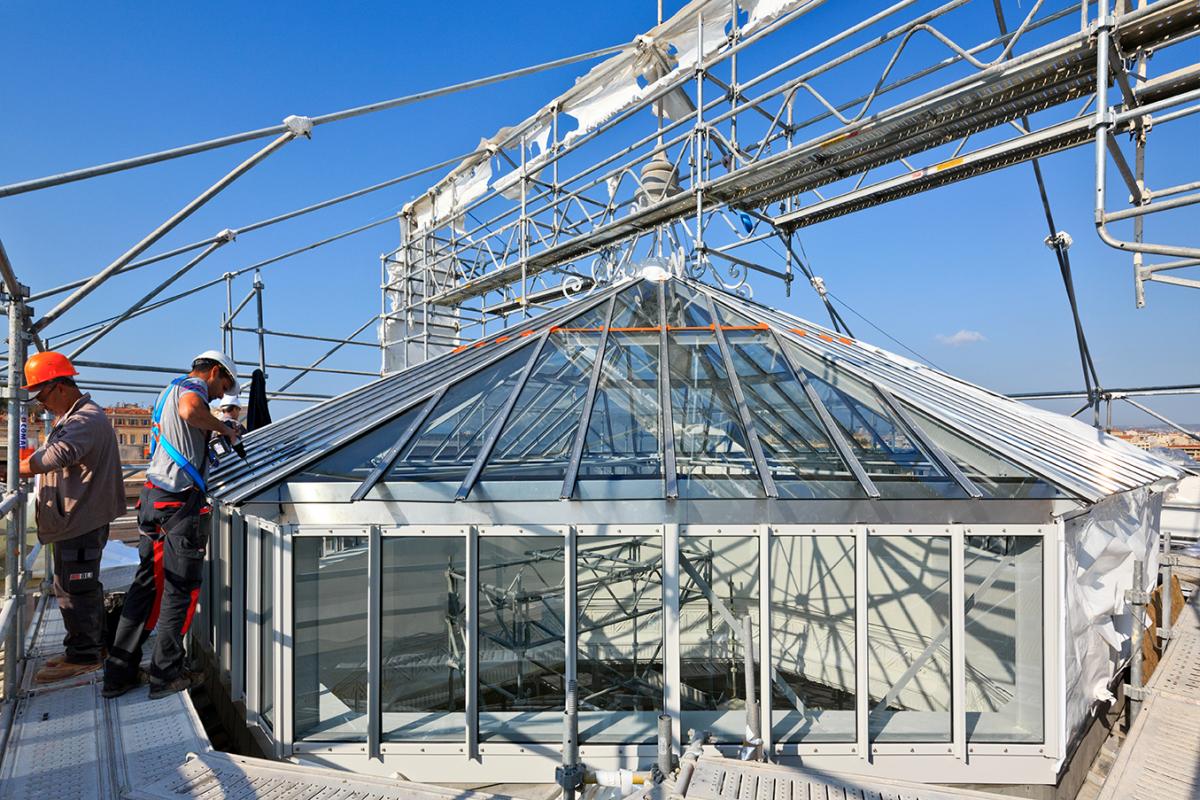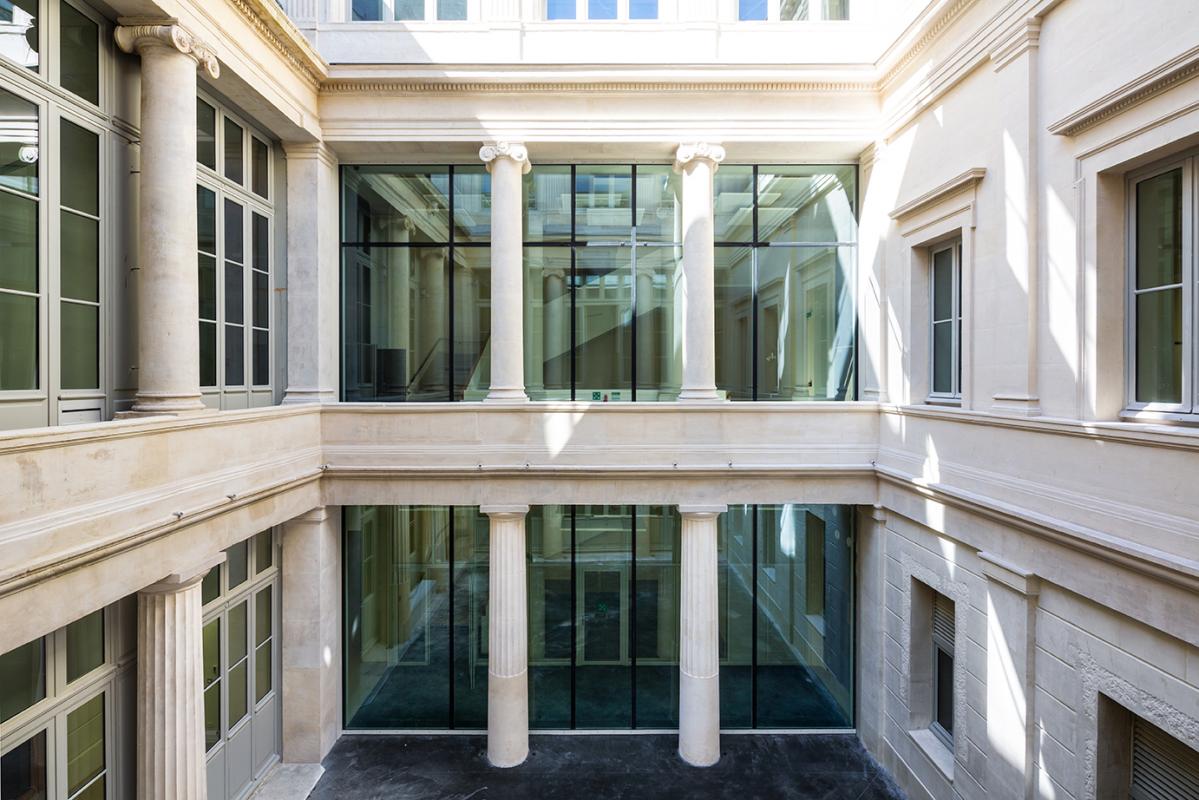Courthouse
Replacement of the glass roof and creation of interior glazed facades as part of the renovation of the Marseille Courthouse.
Emblematic of 19th-century judicial architecture, the Marseille Courthouse, housed in the Palais Monthyon, underwent a complete renovation, which was completed in early 2015.
This project required special attention to ensure functional spaces while preserving the historical quality of the building and complying with safety, accessibility, and security regulations.
At the heart of the building, the glass roof overlooking the Salle des Pas Perdus was fully renovated while preserving its primary structure. The objective was to minimize the impact on the supporting framework and maintain the architectural integrity of the project. The original structure of the glass roof consists of riveted or bolted T-section metal elements assembled with mechanical fasteners. These beams form rafters arranged radially. The horizontal thrust they generate is counteracted by radial horizontal tie rods acting as bottom chords. This primary framework is supplemented by beams arranged concentrically, serving as purlins and spacers. Vertical posts support the rafters, with additional secondary posts placed at the mid-span of each truncated panel. The original glass ceiling, attached to this framework, contributed to the structure’s ballast.
As part of the renovation, the glass roof was stripped of its ceiling, and the glass panes were replaced with thicker, thermally efficient glazing. The vertical panels are now equipped with smoke extraction openings. The technical decision to retain the entire primary framework while removing the original glass ceiling was guided by the need to preserve the glass roof’s original design. Structural analysis confirmed that the additional weight of the new glazing could be offset by the removal of the original ceiling. However, current regulatory requirements indicated that replacing the glass was not compatible with retaining the existing secondary framework.
To minimize weight, laminated single glazing was the preferred option. However, thermal efficiency requirements suggested the use of double glazing. A compromise was found using a special glazing with a condensation control layer, achieving a thermal transmittance coefficient of approximately 3 W/m².K, significantly lower than standard single glazing.
The courtyards were fitted with new glazed facades, providing fire resistance where required and enhancing the building’s outdoor spaces.

